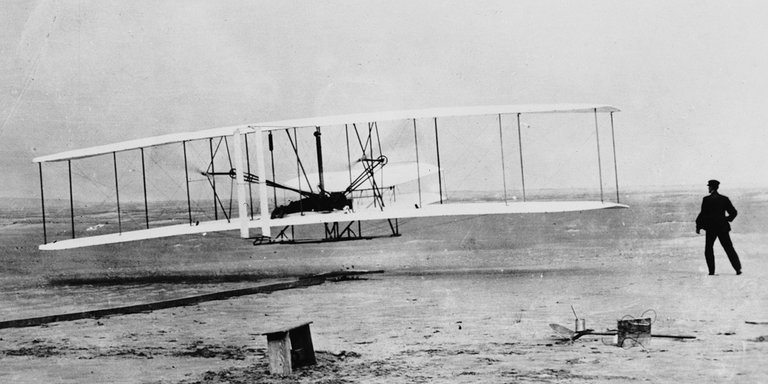The Effects of Subsidies on Competition
The Effects of Subsidies on Competition
Introduction
Dr. Robert Fulsom explained the difference between political entrepreneurs and market entrepreneurs and argued that free markets are more productive. He did this by describing three examples in history where private companies were more successful and profitable than federally subsidized companies: steamships, the railroad, and airplanes. Each time, the government wanted to try to jumpstart an industry by providing a subsidy to a company. The government saw other nations developing and innovating faster than the United States, and it thought the best way to compete with other nations was to subsidize a company. However, in all three examples, the private company was more profitable in the end. The subsidized companies lost money and did not produce the same results as the private companies. Dr. Fulsom used these three examples to demonstrate the importance of free markets and entrepreneurship.
Steamship Industry
The first example Dr. Fulsom provided was the steamship industry. Congress saw that Britain was becoming increasingly successful in the industry and thought the industry needed to be jumpstarted in the United States. They found Edward Knight Collins to subsidize an American steamship operation in an attempt to accomplish this. Each year, Collins request for the subsidy grew in size, and Congress continued to approve it.
Cornelius Vanderbilt decided to do the same thing as Collins, but without the subsidy. Collins began to lose business to Vanderbilt and Vanderbilt was increasingly successful in his business. Congress continued to subsidize Collins, even when he lost two ships. However, when he lost another ship the next year, Congress refused to continue to subsidize. By this time, Congress had spent eleven million dollars on steamship subsidies to Collins. Vanderbilt, on the other hand, was profitable and successful without any subsidies. Collins’ line failed almost ten short years after it had begun.
Railroads
In the second example, Dr. Fulsom described a similar situation with the railroads. Congress subsidized the Union Pacific Railroad and Central Pacific Railroad to connect California. However, these companies were paid by the mile. This created incentives for railroads to be longer and through rougher terrain, rather than generally straight through more flat terrain. The railroad companies even started blowing up each other’s railroads to cause them to lose part of their subsidy.
An immigrant named James J. Hill decided to build a railroad without any subsidies from Minnesota to Washington State. The result was one of the best-built railroads and a profitable railroad. Hill’s railroad never went broke, while the Union Pacific and Central Pacific did.
Airplanes
The government saw that the subsidies did not work in either situation. However, some time passed, and Congress considered a subsidy for planes. It rationalized that if other countries had access to planes and the United States did not, other countries could spy on us and drop bombs on our country. While Congress was aware of the failures in the past, it decided to subsidize two attempts for a plane by Samuel Pierpont Langley.
Neither of Langley’s flights were successful. People were convinced that it would be years before flight was possible. However, it was only nine days later. The Wright brothers used $2,000 of their own money to attempt flight, and they succeeded. Again, the market entrepreneurs were far more successful than the political entrepreneurs.
Acceptance
After a third failure with subsidies, Congress realized that free markets and entrepreneurs are more productive. Trying to jumpstart the economy to beat other nations only lost money, set the United States back in that industry, encouraged bad spending habits, and cleared out entrepreneurs. Those that were subsidized did not have the motivation to innovate and perform well like the private companies did. The market should have been left to competition for innovation to thrive.
When Congress accepted the rise and fall that would happen based on the creativity of people, entrepreneurs began to immerge. Americans defeated the Europeans in innovations, including oil, steel, and chemicals, and the United States became the dominant economic power. The market entrepreneurs continued in their success.
Understanding History
Dr. Fulsom emphasized the need for us to understand the past. If Americans are not aware of the results of subsidies in the past, the United States will fall into the same pattern. That knowledge needs to be applied today to public policy.
As I have gotten older, I have realized the importance of knowing history and how it has affected our country. Our history is important to know, even if it is not one of my favorite things to learn about. Dr. Fulsom generally advocated for less involvement of the government, especially in the markets. Similar to our discussion on monopoly power, we have seen that government intervention distorts competition. It makes me wonder- how much do we need the federal government? Would federalism be better, with the states having the power? From the little I know, it seems that much would need to change in our country for the federal government to step back.
